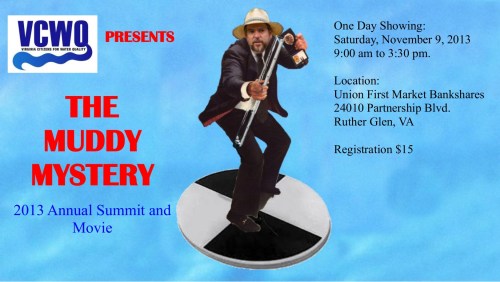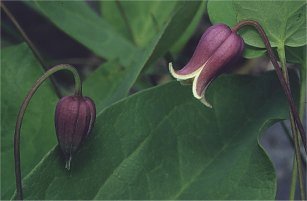Are the Streams that Flow to Your Tap Protected from Pollution?
They say that a picture is worth a thousand words. Well, this picture tells the story of a much higher number – 117 million.

It has to do with types of streams – that are tiny headwaters or only flow after precipitation or in certain seasons – that form the foundation of our nation’s water resources. These often unknown, unnamed and under-appreciated streams have a tremendous impact on everything downstream, including rivers, lakes and coastal waters, as well as people. This is where we get to the number: at least 117 million Americans get drinking water from these streams. That is more than one-third of the U.S. population. To present this visually, we have used the National Hydrography Dataset to create a county-by-county map of the percent of the population that receives at least some of its drinking water from streams that are seasonal, rain-dependent or headwaters. It’s easy to tell upon first glance just how incredibly important these streams are for drinking water across the nation.
Clicking on a specific county can tell the local story. Now you can imagine how many people in homes, schools and businesses in your community are drinking water that came from streams. And you can imagine how important protection of these streams is to your health. However, interpretations of Supreme Court rulings over the past decade have caused confusion about which streams are protected under the Clean Water Act. So in September, EPA and the U.S. Army Corps of Engineers sent a draft rule to clarify the jurisdiction of the Clean Water Act to the Office of Management and Budget for interagency review. The agencies are clarifying protection for the network of smaller waters – including the seasonal and rain-dependent streams – that feed into larger ones, to keep downstream water safe from upstream pollutants, like sewage, toxins, or metals. It’s staggering that almost 60 percent of stream miles in the continental U.S., or more than 207,000 miles, only flow seasonally or after storms. The proposed rule will provide clarity in determining where the Clean Water Act applies, including to many of these streams that are used for drinking water and ultimately flow to your tap.
— Nancy Stoner is EPA’s Acting Assistant Administrator in EPA’s Office of Water. Since February 1, 2010, Nancy Stoner has been serving as the Deputy Assistant Administrator for Water. Ms. Stoner’s extensive career in environmental policy and law began in 1987 as a trial attorney in the Environment and Natural Resources Division of the U.S. Department of Justice. Most recently Ms. Stoner served as the Co-Director of the Natural Resources Defense Council’s (NRDC) Water Program. Ms. Stoner is a 1986 graduate of Yale Law School and a 1982 graduate of the University of Virginia.

Map shows the percent of the U.S. population that gets some of its drinking water directly or indirectly from streams that are seasonal, rain-dependent or headwaters.
Clicking on a specific county can tell the local story. Now you can imagine how many people in homes, schools and businesses in your community are drinking water that came from streams. And you can imagine how important protection of these streams is to your health. However, interpretations of Supreme Court rulings over the past decade have caused confusion about which streams are protected under the Clean Water Act. So in September, EPA and the U.S. Army Corps of Engineers sent a draft rule to clarify the jurisdiction of the Clean Water Act to the Office of Management and Budget for interagency review. The agencies are clarifying protection for the network of smaller waters – including the seasonal and rain-dependent streams – that feed into larger ones, to keep downstream water safe from upstream pollutants, like sewage, toxins, or metals. It’s staggering that almost 60 percent of stream miles in the continental U.S., or more than 207,000 miles, only flow seasonally or after storms. The proposed rule will provide clarity in determining where the Clean Water Act applies, including to many of these streams that are used for drinking water and ultimately flow to your tap.
— Nancy Stoner is EPA’s Acting Assistant Administrator in EPA’s Office of Water. Since February 1, 2010, Nancy Stoner has been serving as the Deputy Assistant Administrator for Water. Ms. Stoner’s extensive career in environmental policy and law began in 1987 as a trial attorney in the Environment and Natural Resources Division of the U.S. Department of Justice. Most recently Ms. Stoner served as the Co-Director of the Natural Resources Defense Council’s (NRDC) Water Program. Ms. Stoner is a 1986 graduate of Yale Law School and a 1982 graduate of the University of Virginia.
Editor's Note: The views expressed here are intended to explain EPA policy. They do not change anyone's rights or obligations.



 Open Access: You do not need to register for use, nor log in, if you are interested in using the site for land use planning or conservation planning. Anyone can freely view and create maps of conservation status and conservation values, by clicking the “
Open Access: You do not need to register for use, nor log in, if you are interested in using the site for land use planning or conservation planning. Anyone can freely view and create maps of conservation status and conservation values, by clicking the “
